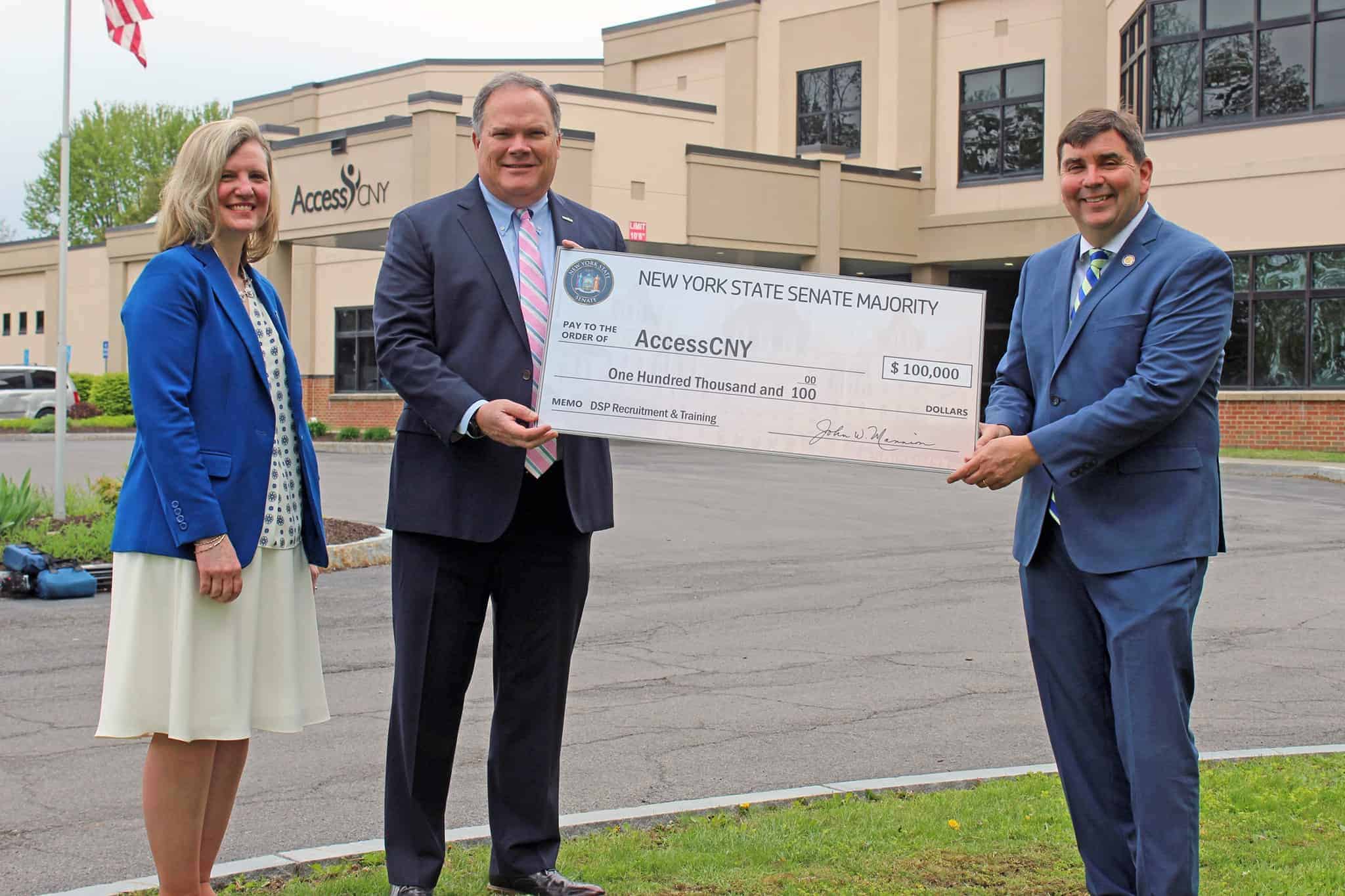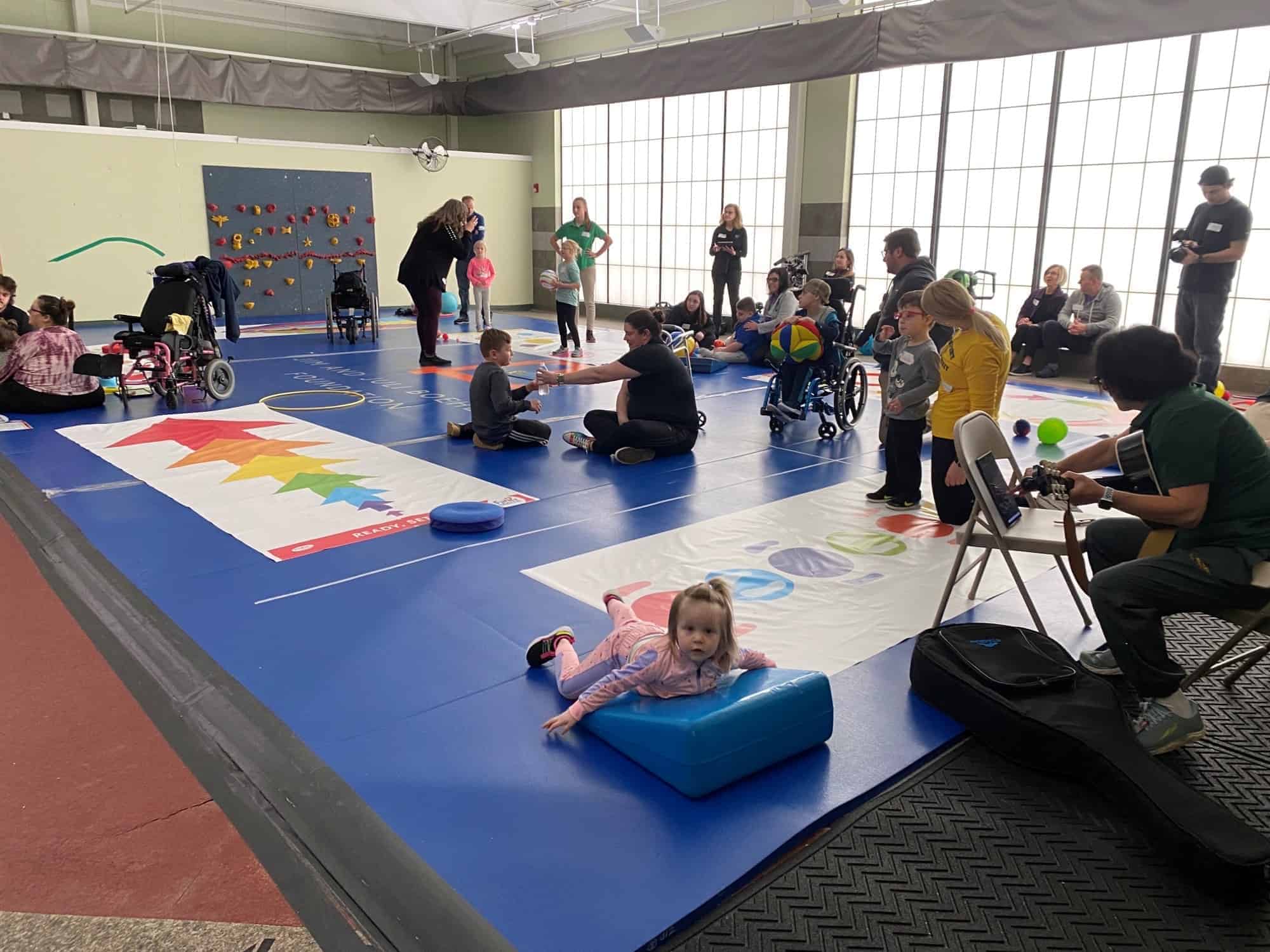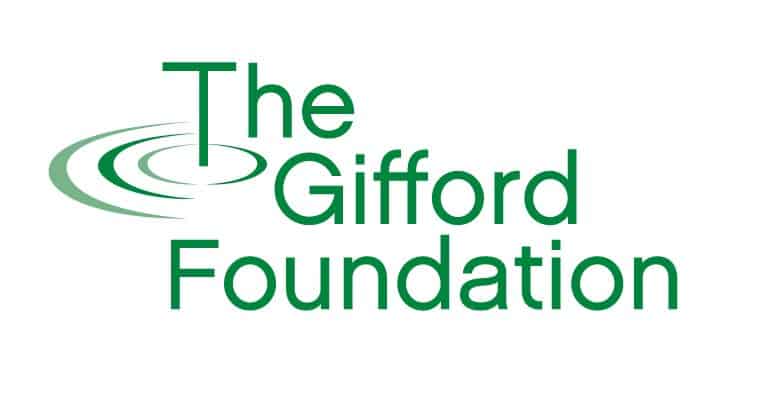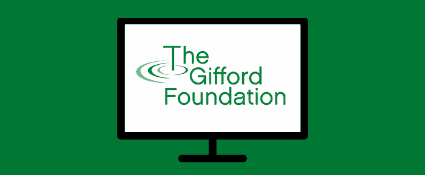How AccessCNY Reinvigorated their
Hiring and HR Practices
AccessCNY’s history offers inspiration for how to overcome workforce obstacles by investing in their employees and establishing clear communications systems.
Published May 9th, 2022
AccessCNY is a leading service provider for people with developmental disabilities, and they have seen firsthand how shifting expectations between employers and employees can impact an organization’s health. Over the past two years, the agency faced several key obstacles including the sudden transition to hybrid work, consistently vacant positions, and finally the realization that their pay scale was not in line with the market. Today, however, these challenges are primarily behind them. Board and staff worked closely together, and with community partners, to restructure their operations in a way that met their current needs. The way AccessCNY identified and solved these problems reveals important lessons for all organizations who are trying to stay afloat in today’s ever-shifting Human Resources landscape.

Paul Joslyn (center) became the Executive Director of AccessCNY in 2016.
Although they had no idea about the storm that was to come, a critical part of AccessCNY’s strategic planning began several years before the coronavirus pandemic in 2016. Their Executive Director, Paul Joslyn, had just accepted the job that same year. The organization had also been invited to participate in The Gifford Foundation’s ADVANS program: a 24-month capacity building program that provides personalized consultant support along with $45,000 in additional funding to help support their development.
“[ADVANS] was an amazing experience. We got more out of it than I could have ever imagined,” says Joslyn. “We identified through a survey that we could do a better job of serving potential and existing staff through our HR department. That became priority number one. Closely behind that was the priority to build a data warehouse – the ability to combine multiple sources of information into one place so we could do a better job of using data to make decisions.”

AccessCNY is a leading service provider for people living with developmental disabilities.
Now fully implemented, thanks to the work of the agency’s Executive Team and new leadership in their HR Department, AccessCNY’s online database system allows management to efficiently track trends, gaps, and other developments among their 1,400 employees. For example, they can be alerted if multiple unfilled positions are concentrated in the same department. The system tracks endlessly customizable metrics including hours worked, vaccination rates, and when employee evaluations are due – to name a few. With many of these key processes being electronic rather than paper-based, Joslyn says they are saving time and money. “We do things faster and more accurately today and with two or three fewer staff than we had before.”
Although these improvements helped in managing their existing staff, Joslyn and the board had become concerned after noticing that they had an abundance of chronically unfilled positions – more than one in five total roles within some programs of the agency. This came to a head during the pandemic. “This is where I give our board a lot of credit,” says Joslyn. “We made a decision last year to make a significant investment in our staff and we increased starting wages in some of our larger programs at an annual cost of just under $1 million.” He says that it was something of a gamble, as they had not yet ascertained whether the upcoming State budget would include the additional funding necessary for this salary increase. “It’s the time to take calculated chances. That sort of investment was a pretty significant leap of faith but now is the time to do that.”
Fortunately, AccessCNY was able to cover the added costs in their 2022 budget. But this pay increase created a new challenge: they saw a massive rise in job applications which all had to be reviewed by their HR staff. In order to address this new demand, they found they could leverage their new database system to process new submissions. The job posting would be advertised on websites like Monster or Indeed. Applications would be received through the database where they would be categorized by job opening. The hiring manager could then quickly review each one, and send out automatic interview requests, declines, and other messages with a single click.
Improving the turnaround time on reviewing applications was the last piece of the puzzle. “One of the things we have learned through this process is the importance of speed. The job market is changing and is much, much more competitive. So it’s important when you get an application that looks good, that you’re the first people to get in touch with that person. You have to assume that they have applied for five jobs, and you want to be the first of those employers to say yes to them and invite them for an interview. This new process allows us to do that which is hugely important.” In just a couple of months, their number of vacant positions had dropped from over 20% to under 9%.
To ensure that new and existing employees were on the same page, the agency’s Executive Team also made a concerted effort to establish transparent guidelines about their new hybrid work policy: “We created a Remote Work Agreement that set forth some of the expectations with staff who were going to be working remotely.” It set clear expectations around work hours and response times to emails and phone calls.
The workforce challenges that AccessCNY has had to navigate are all too common in the nonprofit sector. Joslyn argues that this creates a learning opportunity so long as agencies are intentional about sharing ideas and working together. “Reach out to other organizations in the community. We are all trying to figure it out, and no one is going to do it totally right the first time.

AccessCNY is using database software to lower the turnaround time when processing job applications. Responding more quickly has helped them fill vacant positions faster.
“Whether it’s reaching out one on one, or whether it’s through a group like the HSLC [Human Services Leadership Council] – you have to reach out and talk. I just had lunch with two colleagues on Friday and in just a couple of hours we tackled two or three problems that we were all facing. That sort of open-ended brainstorming session can help tremendously.”
As a final piece of advice, Joslyn encourages other employers in the area to be more open minded about where they look for new talent. He points out that the community his organization serves – people with developmental disabilities – was hit especially hard by the pandemic as many worked in the most adversely impacted sectors like retail and food service. There are still not enough opportunities for them in the workforce, and this often comes back to close minded attitudes and a general lack of awareness among companies and organizations. “There is still a lot of education needed for employers to help them understand the value of employing people with developmental disabilities. They can be some of your most loyal, most hardworking staff.”


